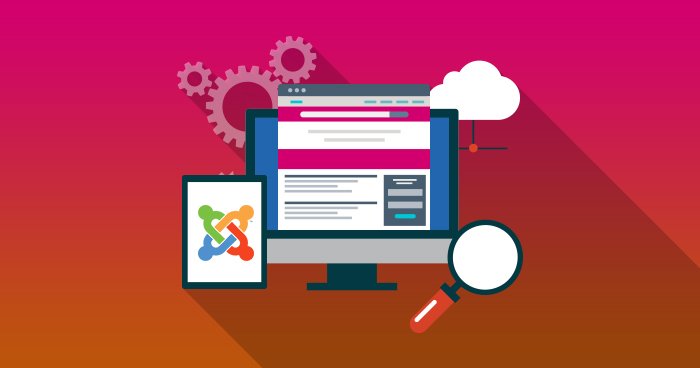Joomla makes site building relatively easy and quick to accomplish. The intuitive nature of the program is such that a non-designer can manage the site when built. However, even well-intentioned beginners tend to make mistake after mistake and these pile up on the site. This list will help beginners keep their sites clean and secure for years after being built.
Failure to Plan is Planning to Fail:
Before you begin your site, take the time to plan how it fits into your overall digital strategy.
- Understand the role you want your website to play in your marketing and communications plan and how it will interact with your other social media sites.
- One of the most important things to do at the planning level is figuring out the relevant keywords for your target audience. Incorporating this into your entire site strategy is a huge step towards a successful website. You need to put them into category and sub-category names as well as meta tag descriptions and the body of content.
- Finally, plan for ongoing updates of your platform and content. An ongoing maintenance and security plan helps protect your site from hackers and other security risks and it keeps your site fresh and your systems up to date.
Simple Ways to Prevent Future Problems
- Avoid adding features to the website that do not serve the end user and your goal of converting them into a customer. The last thing you want is for visitors to end up playing with some feature you incorporated into the site and ignore the content on the site.
- Do not type directly into Joomla. The session lasts only 15 minutes and it will not save your work.
- Do not copy your code directly from Word to Joomla. It gives you messy code that could ruin your site and cause it to crash. Copy the code into Notepad first and then into Joomla. This cleans up the code. Mac users have a similar program to Notepad and should do the same for their site.
A Few Ways to Keep Your Site Clean
- Work toward consistency in the way you lay out content and images. Keep the image sizes the same and the spacing around the images the same.
- Make your file names descriptive. This helps you find them later and it gives you a shot at Google sending you some free traffic. Do not leave spaces in your file names. Use an underscore to prevent the browser from replacing the gap with its own characters. This leads to messy code and potential problems down the road.
- Use available headings to change your text. This way is cleaner and takes less time. It is a lot easier to change large groups of text later also.
All About Links
Everything you need to know about using links and Joomla.
- Links to an outside site should open in a new window. Links to your own site should open in the same window. Use the HTML editor to choose new window when creating links that are external. This keeps you from losing visitors and having a messy browser.
- Do not underline text that is not a link. Find another way to emphasize your point.
- Hard code your links with an HTML editor. To do this properly, you will need more than the basic Joomla editor. Whatever you use, always choose relative in your HTML editor settings.
Avoid Future Problems with Images
Save yourself trouble with your images later on and follow these simple tips.
- In the interest of having a fast loading website, you must resize your images before uploading them. Joomla cannot do this for you.
- Name your images appropriately and keep them organized by topic. Joomla lets you create and organize your images in new folders under the image/stories directory.
- If you put them all in one big folder, you will have trouble finding them later when you add articles to the site. Joomla will not let you add new folders at that point without going to the site’s media manager. Make your life easier and do it the first time around.



Leave a Reply